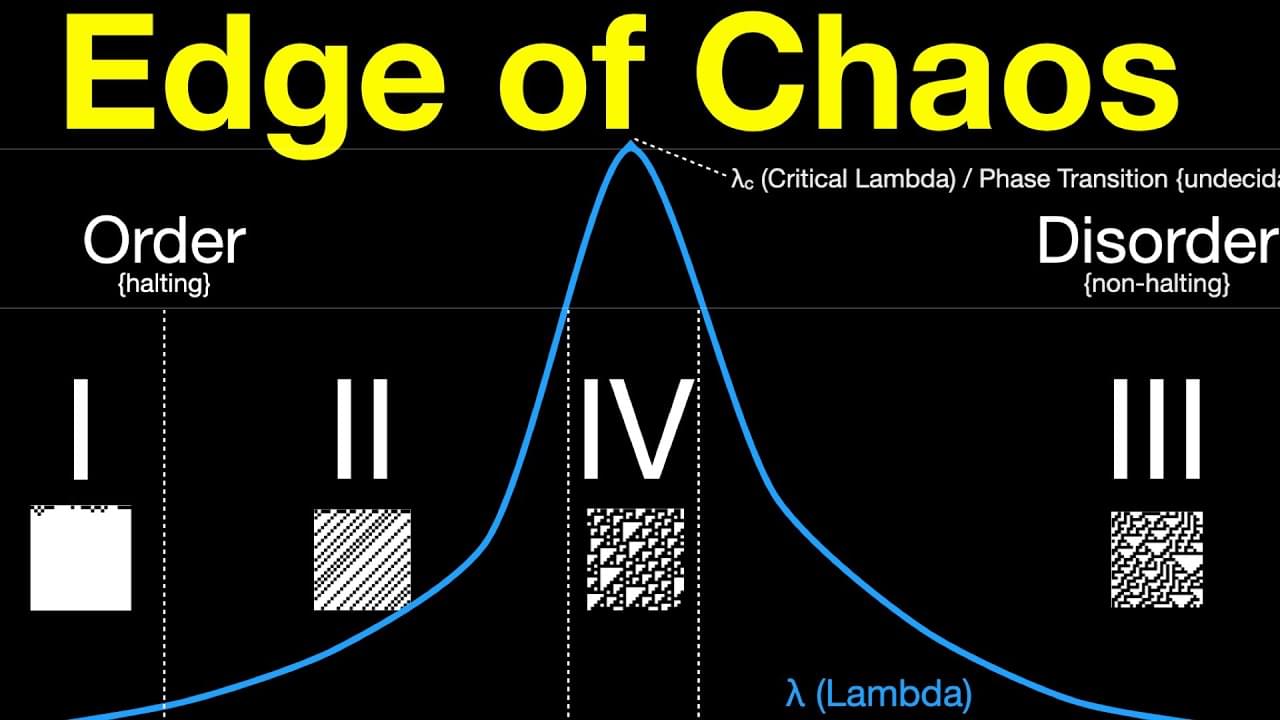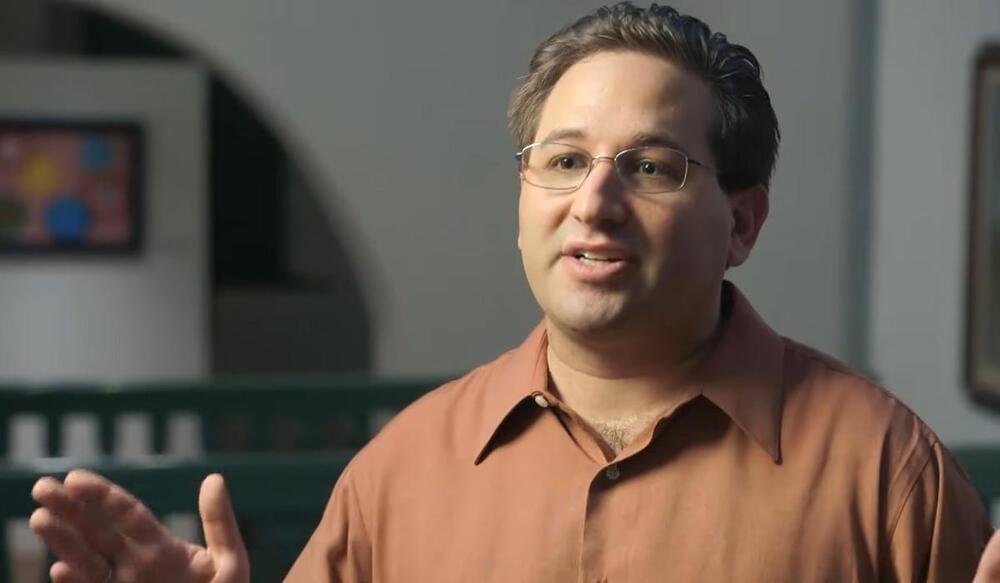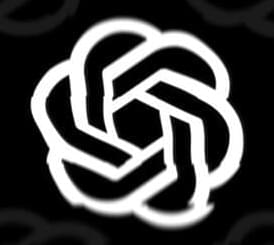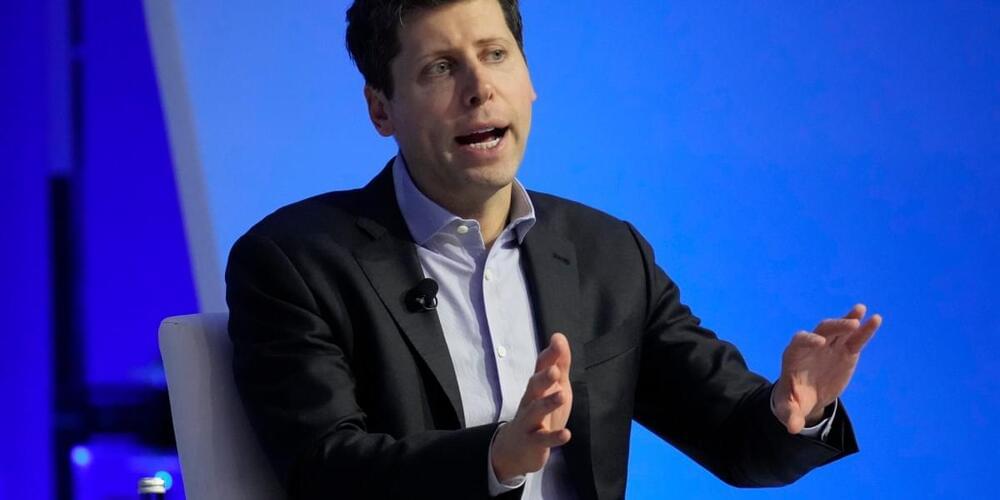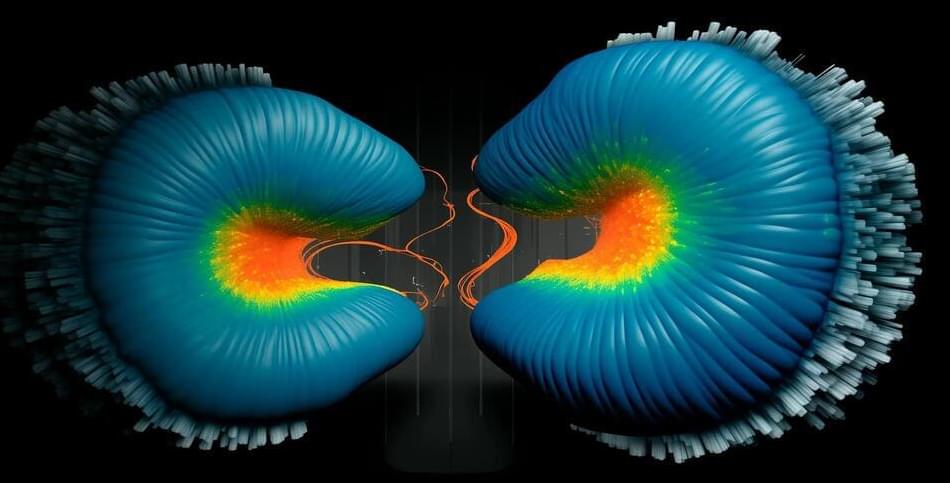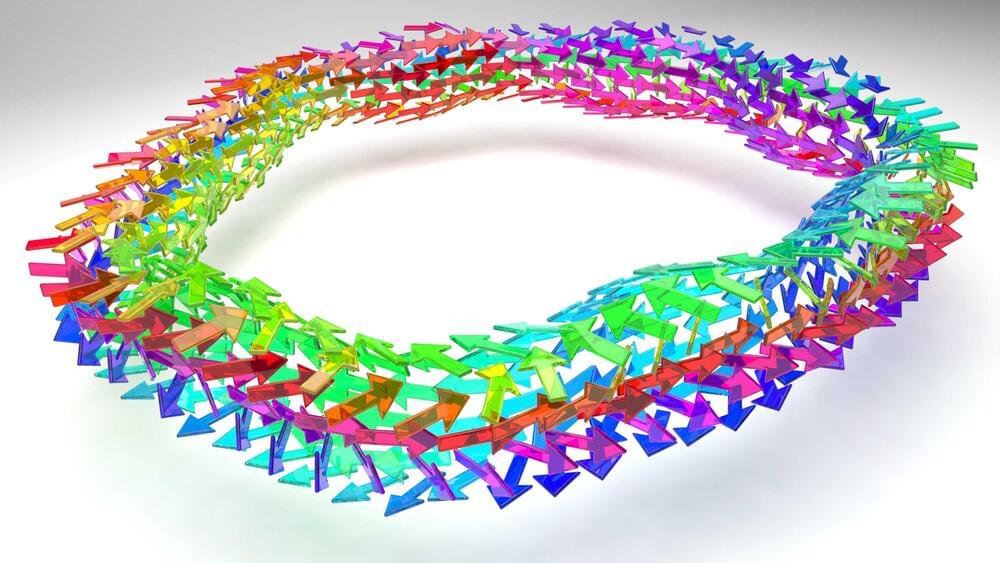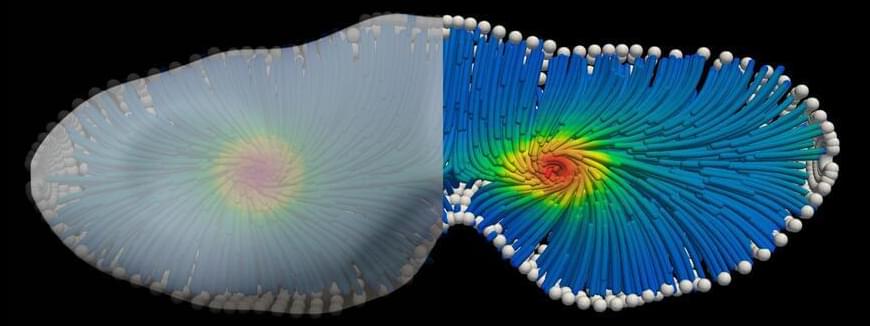Dec 3, 2023
Edge of Chaos Theory | Cellular Automata, Wolfram, & Psychology
Posted by Dan Breeden in categories: mathematics, philosophy
Order vs Disorder, Jordan Peterson’s Yin Yang analogy, & Stephen Wolfram’s 4 classes of cellular automata are explored. The edge of chaos is the phase transition zone between order and disorder which is found across a broad range of complex systems. We discuss Norman Packard, Christopher Langton, John Beggs, Stuart Kauffman, Mihaly Csikszentmihalyi, and M. Mitchell Waldrop. Wolfram’s Rule 110 and John Conway’s Game of Life, both Turing complete, make appearances.
0:00 Intro.
0:59 Lambda & Wolfram’s 4 Classes.
3:32 Criticality, Avalanches, & John Beggs.
4:44 Homework? More like FUNwork!
5:08 Flow by Mihaly Csikszentmihalyi.
5:35 Jordan Peterson (Yin-Yang)
9:39 M. Mitchell Waldrop’s Complexity.
Continue reading “Edge of Chaos Theory | Cellular Automata, Wolfram, & Psychology” »
